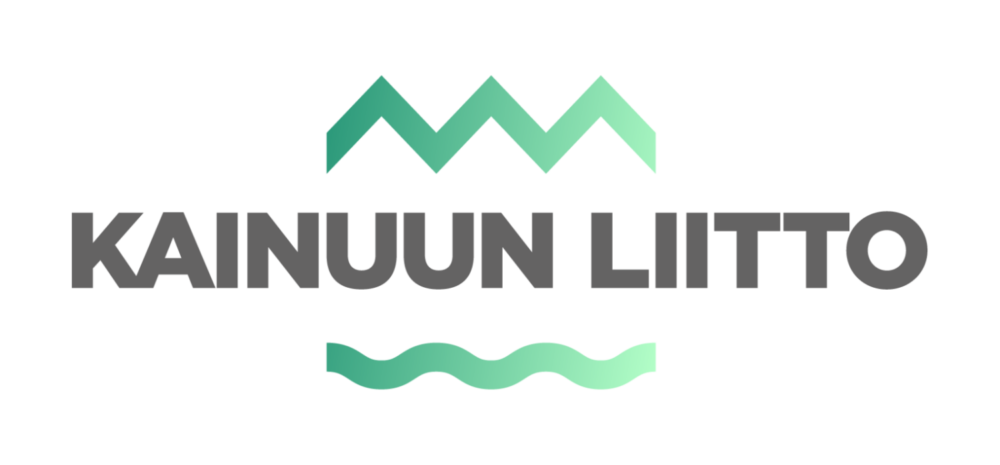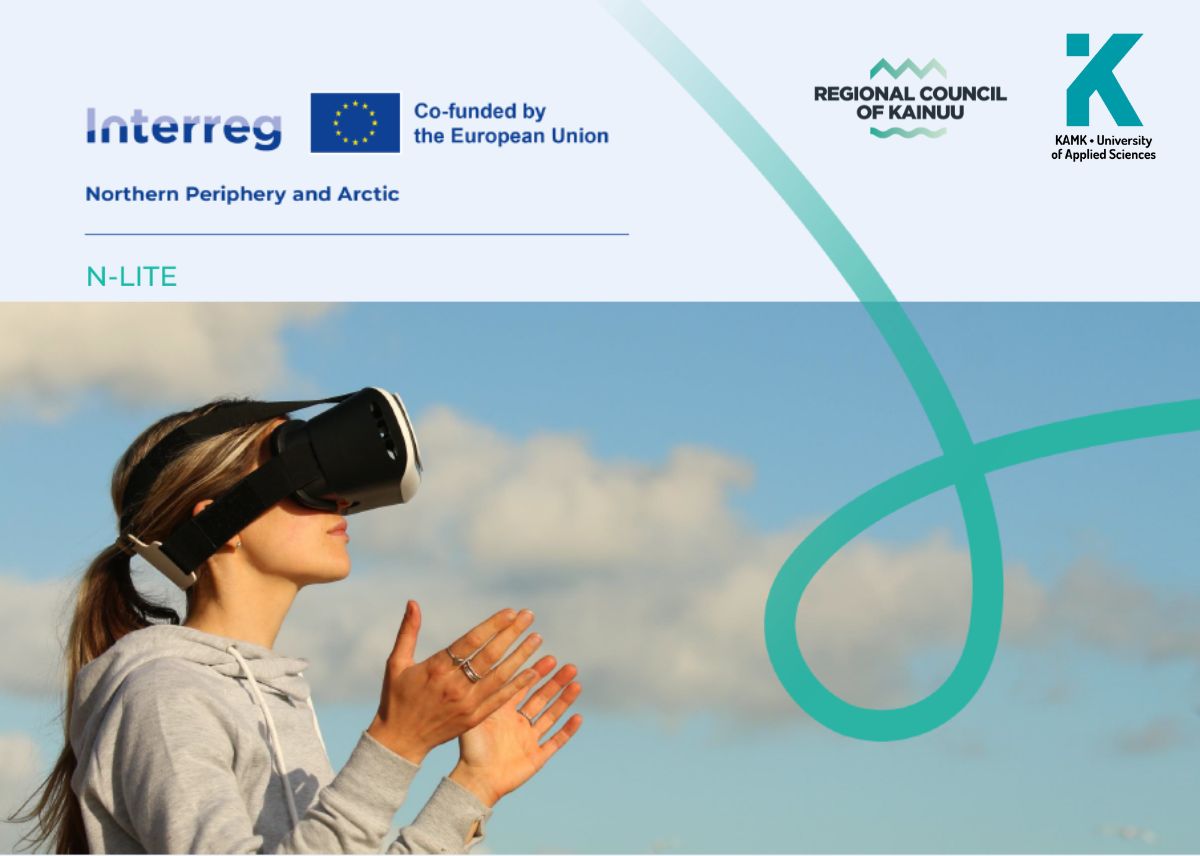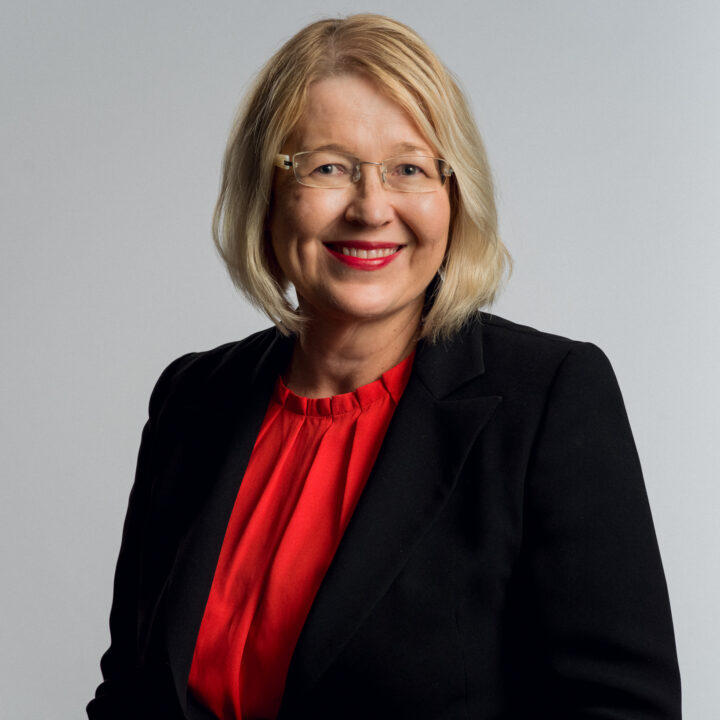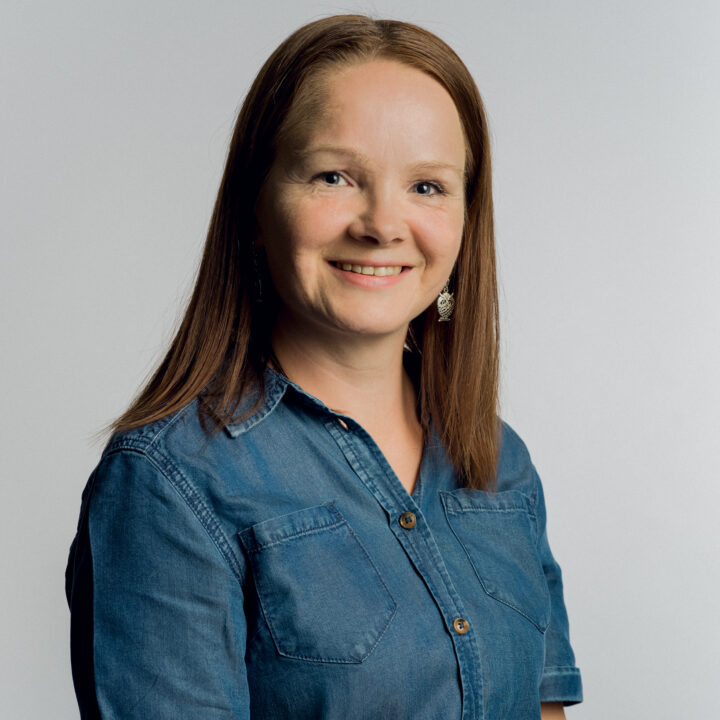Most of us have played some sorts of games with our computers, game consoles or phones. We might also have bumped into modern exhibitions or services that utilise gaming technology. They’re kind of cool, right!? But who makes these kinds of games? Is it possible for an amateur with limited technical skills to participate in the process? Let the N-LiTe project try and answer these questions for you.
N-LiTe is a development project funded by the Interreg NPA programme, started some months ago and running until summer of 2026. N-LiTe is an acronym of the full-length project name “Literary Tourism Immersive Technology Acceleration”, that communicates the project purpose quite accurately. The project aims to leverage technology and foster innovation related to literature and tourism, and thereby to generate employment opportunities and drive economic progress within the project regions.
Before you get started, we actually do know that it might be difficult to grasp the idea of what this includes and how this could be done. You might ask, for example, what kind of technologies are we talking about? How do they work? What do they cost? How could they contribute to cultural tourism? Where do you even get concept and the content from? How may it all be fitted into a new, engaging product? How do you build interesting content? What is it like to cooperate with the gaming experts – do they even speak the same language with you?
Well, dear reader, the N-LiTe partnership will soon know the answers, as our technology workshops with regional stakeholders are carried out in all the partner regions in Ireland (organised by Western Development Commission), Faroe Islands (organised by Visit Tórshavn), Sweden (organised by Västerbotten County Council) and Norway (organised by the Nordland Museum). And we’ll definitely be reporting our findings to you as we proceed on our journey!

The international series of workshops has already been launched in Kajaani, Finland on 28th February 2024, with the Finnish flags flying. You know, complementing the theme of the workshop, it was the national Kalevala day. Kalevala is the national epic of Finland and, as a tip for you, available in many languages, also in English. This first workshop was arranged in cooperation between the two regional partners, Kajaani University of Applied Sciences (KAMK) and the Regional Council of Kainuu. From these, KAMK is the partner responsible for the technology-related development in the N-LiTe project.
The event was free of charge for all participants, and the invitation was distributed via multiple channels. We were happy to see an interesting mixture of participants at the workshop: from vocational students to actors, city guides, literature enthusiasts etc. One of the important goals of N-LiTe is to engage young people in the processes, and later on, there will be a special work package within the project for the youth. We’ll tell you more about that when the time comes!

The technology workshop began with a visit to the game laboratory at Kajaani University of Applied sciences, where the staff of Clever Simulation Entertainment explained their operations, as well as shortly described the project goals and the work plan. Soon after, they introduced some technical solutions available and their suitability for N-Lite project purposes, also showing some case examples to awaken discussions and to answer some of the questions from the participants.

N-LiTe Workshop Participants at Clever Simulation Entertainment/ Orientation
Then to the active part of the workshop – the participants had the chance to test some technologies in practice. They could, for example, travel through history and study the effects of time via the educational Rokua Geopark VR experience, and test AI based facial and motion animation techniques, photogrammetry as well as different control methods like AI camera, touch screen and controllers. At first, the guests seemed a bit cautious participate in the exploration of these new technologies, and perhaps to ask stupid questions related to topics totally foreign to them. However, towards the end of the morning session, the atmosphere was quite different already. Questions and ideas were thrown in the air, and the equipment of the lab was in active use. Clearly, hearing and seeing practical examples put the participants’ minds to work.

After lunch, it was the time to put everyone’s own ideas on paper and start planning games together. The project staff had prepared a structured canvas model for this purpose. The workshop participants, divided into four groups, discussed their ideas together and finally presented their preliminary game concepts for the whole crowd. After the slight confusion with which the workshop participants arrived at the event in the morning, it was delightful to hear about their insightful concepts, however preliminary they were after this short session.
And there sure were plenty of insights for the game planners to take forward and to perhaps combine them into a joint concept. Depending on the future choices made, we can’t wait to see and hear the results! Will it be stories of historical buildings from different eras told by historical characters, set into a gamified form? Will we be exploring the region surrounded by ghosts, goblins and historical prisoners? Will we be flying and seeing the environment with a bird-eye view or perhaps from a boat?

Join Us!
The conclusion of the first workshop may be described in three points:
- There are so many possibilities to explore and ideas to try out – you just can’t imagine it before diving in the process!
- It’s totally possible to combine technology experts and amateurs of different backgrounds to the process. They all have their own role supporting each other. A professional game developer knows the possibilities and is able to guide the amateurs participating the creative process so that the ideas coming from them take the right shape and start to fly.
- What we need to succeed is a group of people as diverse as possible, with the courage to participate in the creative process with open minds and to get out of our comfort zone.
To sum it up – the first N-LiTe technology workshop was both eye-opening and inspiring. We encourage everyone who’s interested to participate the upcoming international workshops – it’ll be fun!




